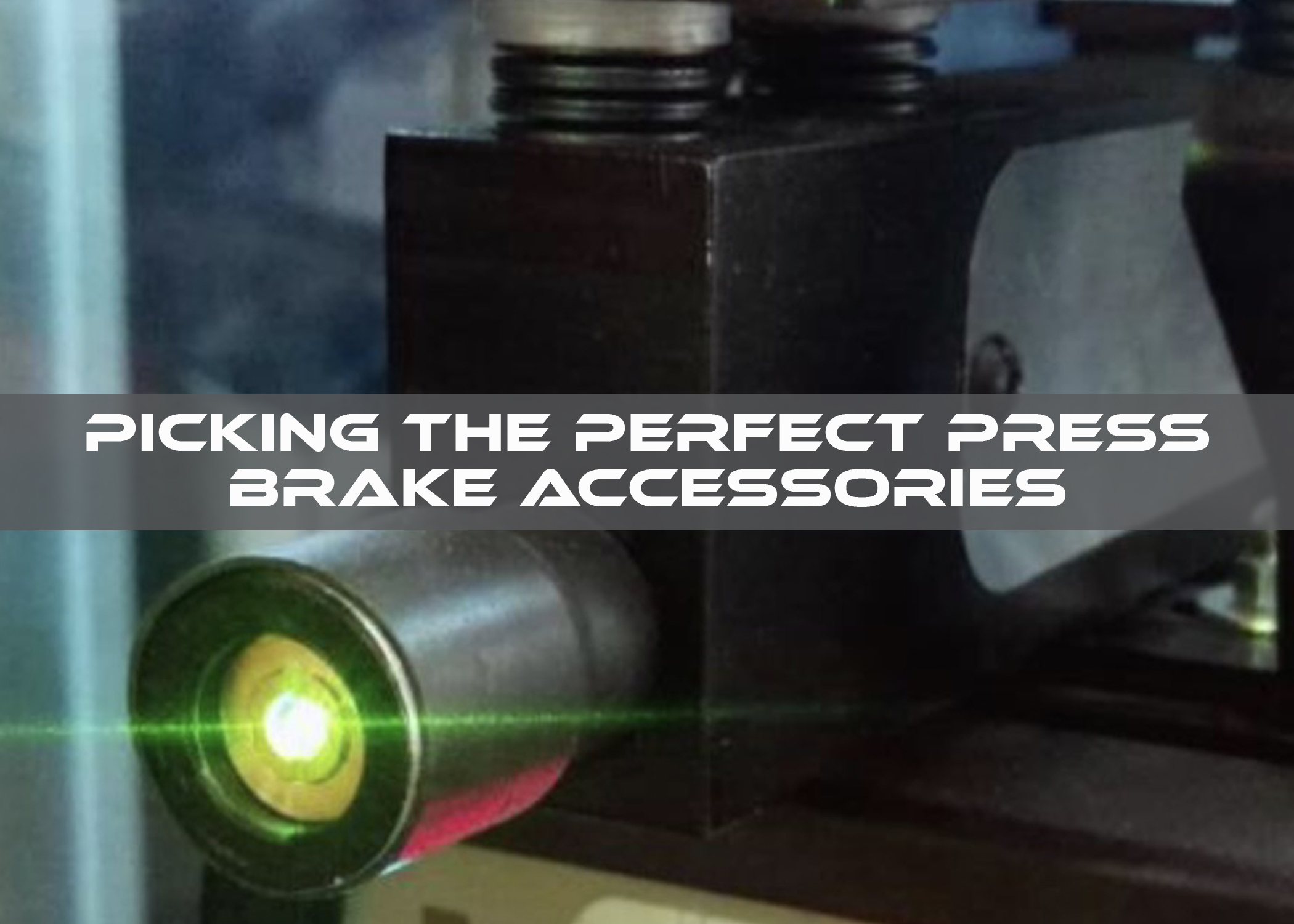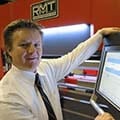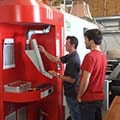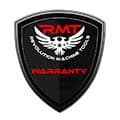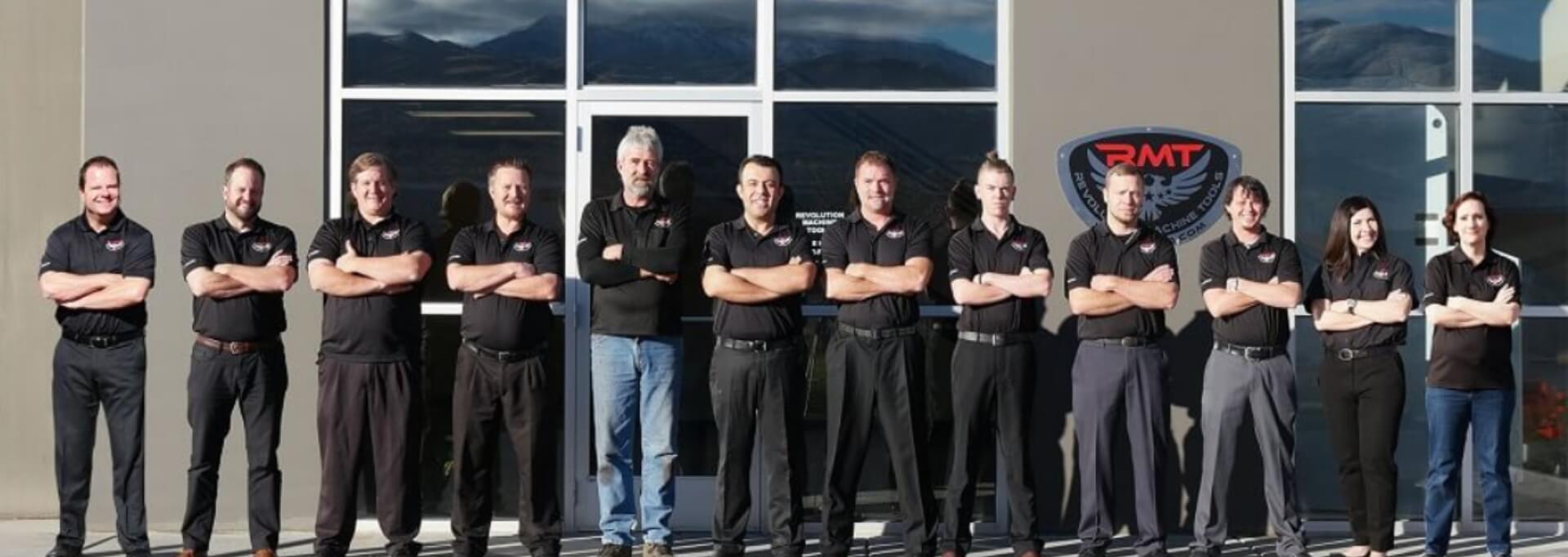You’re about to purchase the finest press brake on the market for your specific projects. It has the right length for your longest workpieces and more than enough tonnage for your thickest and hardest material. All you need is to sign the paperwork, and you are all ready to go, right?
Perhaps not. If you just picked a name-brand brake off the sales floor of your favorite dealer, did you bother to check over the included features? How about any optional accessories? When you bought your last car—new or used—you likely investigated things like fuel efficiency and resale value, along with various add-ons, such as the stereo system, Bluetooth connectivity for your phone, climate control, heated seats, key options (keyless entry, smart key, etc.), and safety features (backup camera, blind spot monitoring, collision warning, etc.).
To get the most value from your press brake, you should look carefully at every available feature, option, and accessory. Here are some significant ones to consider:
Multiple Axes of Control
Even the most basic mechanical press brake has movement in at least two axes: the X-axis (horizontal movement of the backgauge, back to front) and the Y-axis (vertical movement of the ram). It may also include additional axes like the R-axis (vertical backgauge adjustment) and the Z-axis (horizontal backgauge adjustment, left to right).
Hydraulic press brakes these days will usually include a CNC panel that allows control over each of the two hydraulic cylinders on either side of the ram, referred to as Y1 and Y2 axes. By controlling each side with precision positioning, such brakes can make very accurate bends.
The better the CNC brake, the more control it will have over other axes, such as featuring a precision servo-driven backgauge that operates X and R axes right from the CNC. Some CNC brakes may also include separate Z-axes (Z1 and Z2) that can position the backgauge to better fit the workpiece, and even CNC-controlled crowning, such as motorized wave crowning, that can be considered an axis of control. Such a seven-axis machine will often be thought of as a top-of-the-line brake, but a few manufacturers will go beyond that.
A CNC press brake with more than seven controlled axes offers significant advantages in terms of precision, flexibility, and production efficiency. Each additional axis allows for greater control over the movement and positioning of both the backgauge and the bending beam, enabling complex part geometries to be formed accurately and consistently. For example, advanced multi-axis systems can automatically adjust for bend angle, part positioning, crowning, and even sheet compensation in real time. This reduces the need for manual adjustments, minimizing setup time and human error while ensuring high repeatability across production runs.
Beyond precision, having more than seven axes greatly expands the range of parts that can be produced on a single machine. It allows the operator to perform intricate multi-step bending operations without repositioning the workpiece, which is essential for complex profiles or components with tight tolerances. These advanced systems also improve productivity by enabling faster transitions between bends and automatic optimization of tool paths. In high-mix, low-volume manufacturing environments, this level of automation shortens lead times and increases throughput, ultimately leading to better resource utilization and lower overall production costs.
Truly high-end manufacturers will be able to offer CNC press brakes built with any of 14 or more axes, including Y1, Y2, X1, X2, R1, R2, Z1, Z2, Delta X (also called X Prime) with increased stroke movement, an X-axis with several feet of external travel (usually with a light barrier for back protection), extended X1 and X2 axes for light pole production, a sheet follower with sliding guide and motorized height adjustment, and a front feeding system with supports (some including pneumatic pushers).
Getting a hydraulic CNC press brake with good control (usually with a touchscreen and featuring 2D or even 3D operation modeling) that can handle a wide variety of axes is one of the most important features to consider before buying a brake.
Safety Features
New press brakes these days include a variety of standard safety equipment, but some imports and many used brakes may be missing them or feature substandard items. It is essential to check that your new brake will have everything you need to certify a safe shop, or you purchase additional accessories.
Basic manual controls should have built-in safety features. For example, a two-hand control will require the operator to use both hands to activate the machine’s bending cycle, ensuring that their hands are safely away from the danger zone. A hold-to-run foot pedal will require that the operator hold the pedal in a specific position to keep the machine running. Such a foot pedal will often include initiating an emergency stop with a further press, immediately retracting the ram. Emergency stop (E-stop) buttons should be prominent and easily accessible at the operator’s station and elsewhere on the machine.
Physical barriers (like door panels) should be on the sides and at the rear of the machine, and the best ones are equipped with electrical interlocks. If that type of guard is opened or tampered with while the press is in operation, the power is cut off, and the machine stops.
Presence-sensing devices (PSDs) are systems that use light curtains or laser scanners to create a protective field around the point of operation. Should an object (such as an operator’s hand) break the light beam during the ram’s closing motion, the machine immediately stops automatically. Some laser guarding systems can detect obstructions near the dies with a very high accuracy, while controlling the speed of the ram, allowing an operator to work closer to the pinch point, but only at a very slow, safe speed.
Other safety features can include things like overload protection (built-in sensors that monitor and control the force applied during the bending process, to prevent the machine from operating beyond its specified capacity) and automatic stroke stop (a system that creates a sequence of ram movements at different speeds and can be programmed to perform initial movements at a slow, safe “creep speed” until the dies are close to the workpiece, significantly reducing risk).
Perhaps the most important safety precaution is proper operator training. Staff members who understand correct operating procedures as well as potential hazards can keep an operation running smoothly. Operators should know to use die safety blocks to prevent the ram from closing unexpectedly during setup or maintenance. They should know Lockout/Tagout (LOTO) procedures to ensure that the press brake is fully de-energized and cannot be accidentally started during maintenance, repair, or setup work. The intelligent operator recognizes that press brakes require consistent upkeep, so they perform regular inspections to check for issues with the hydraulic system, tooling, and safety devices to ensure all components are functioning correctly.
Tooling and Clamping
Stock your shop with a variety of quality punches and dies. Ground and hardened tooling will have the highest precision. The best punches will be manufactured to tolerances within the 0.0004-inch range (and extremely hardened European-style tooling is precision-ground to a tolerance near ±0.0005″). A good practice is to select tooling of a uniform height to eliminate the need for constant adjustments. Tooling that is segmented in sections of different lengths will allow you to create custom lengths to match specific jobs. Get matching dies of the same construction as your punches and have a wide range of them with V openings of different angles. Operators should be trained to always select the correct types of punches and dies for each specific job.
Invest in a clamping system to match the tooling you will be using. Traditional American Style tooling has a smaller area for clamping. European Style has a larger surface area for clamping. An auto-clamping system (like that used with Wila’s New Standard Style tooling) will allow faster tool changeovers and extremely accurate tool seating.
Know Your Options For Accessories
When press brake shopping, take your time and compare models and brands. Ask trusted associates in the field about their experiences. Get printed and online literature about the brakes you are most interested in and carefully study the included and optional features. If your timetable allows, investigate custom builds that the factory might offer to better meet your needs.
From little things like a rear work light to important but often overlooked items (like whether hydraulic and electrical components must be ordered through the factory or can be replaced easily from your local supplier), there are dozens—if not hundreds—of questions you should be writing down and asking of the dealers and manufacturers with whom you will be interacting.
Taking the time to do your homework on your investment will guarantee a better bottom line for your business, not only in the coming months but very likely for many years down the road.
